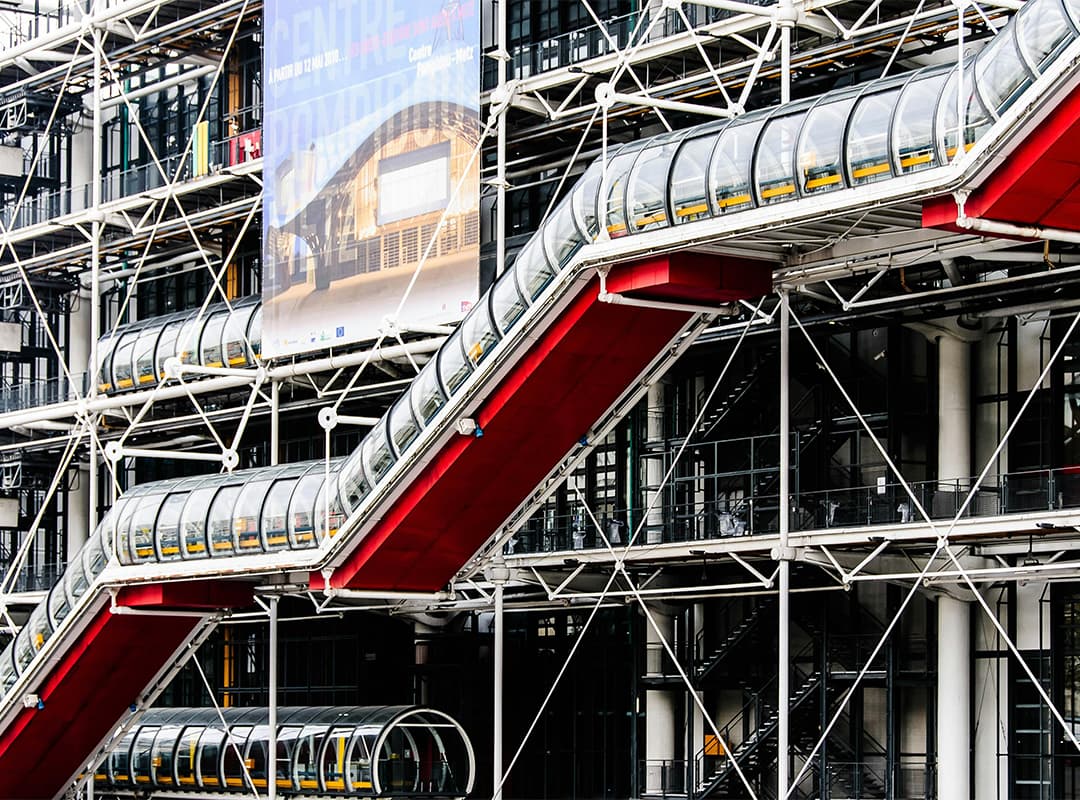Liquefied natural gas (LNG for short) is natural gas (methane) in a liquid state.
The LNG we produce is shipped around the world, converted back to natural gas (called regasification), and then transported by pipeline to homes and businesses and used as a source of energy for heating, cooking on stoves and other industrial applications.
Natural gas is a cleaner burning, abundant and affordable energy source. When LNG is converted to natural gas, it can be used instead of coal, which reduces the amount of pollution traditionally produced by burning fossil fuels, such as sulfur dioxide and particulate matter, which are released into the air we breathe. Compared to coal, it emits significantly less carbon dioxide.
On land, natural gas is transported through pipelines. However, pipeline transportation from the United States is not feasible for transporting natural gas overseas to countries that do not have easy access to cleaner, abundant and affordable energy sources. This is where liquefaction of natural gas comes in. By liquefying natural gas, we reduce its volume by a factor of 600. To give you some perspective, it’s like taking 600 one-gallon jugs of natural gas and liquefying it so that you’re left with just one one-gallon jug of liquefied natural gas.
After liquefying natural gas, we load it onto special LNG carriers designed to keep the LNG cold in a liquid state for efficient transportation abroad. Once it arrives at the facilities abroad, the LNG is converted back to a gaseous state so that it can be transported to homes and businesses.
